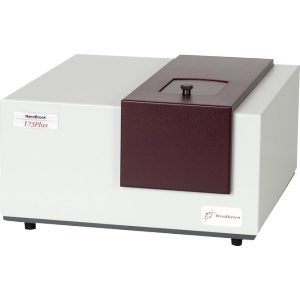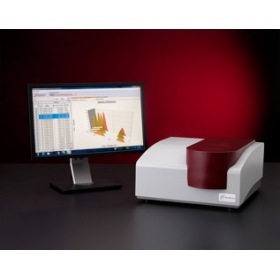锤子
简介:
With scanning ion conductance microscopy (SICM), a noncontact scanning probe technique, it is possible both to obtain information about the surface topography of live cells and to apply molecules onto specific nanoscale structures. The technique is therefore widely used to apply chemical compounds and to study the properties of molecules on the surfaces of various cell types. The heart muscle cells, i.e., the cardiomyocytes, possess a highly elaborate, unique surface topography including transverse-tubule (T-tubule) openings leading into a cell internal system that exclusively harbors many proteins necessary for the cell’s physiological function. Here, we applied isoproterenol into these surface openings by changing the applied voltage over the SICM nanopipette. To determine the grade of precision of our application we used finite-element simulations to investigate how the concentration profile varies over the cell surface. We first obtained topography scans of the cardiomyocytes using SICM and then determined the electrophoretic mobility of isoproterenol in a high ion solution to be ?7?× 10?9 m2/V s. The simulations showed that the delivery to the T-tubule opening is highly confined to the underlying Z-groove, and especially to the first T-tubule opening, where the concentration is ~6.5 times higher compared to on a flat surface under the same delivery settings. Delivery to the crest, instead of the T-tubule opening, resulted in a much lower concentration, emphasizing the importance of topography in agonist delivery. In conclusion, SICM, unlike other techniques, can reliably deliver precise quantities of compounds to the T-tubules of cardiomyocytes
打开失败或需在电脑查看,请在电脑上的资料中心栏目,点击"我的下载"。建议使用手机自带浏览器。
相关产品更多>>
下载该资料的还下载了
推荐学习更多>>
- 注意:
- 1、下载文件需消耗流量,最好在wifi的环境中下载,如果使用3G、4G下载,请注意文件大小。
- 2、下载的文件一般是pdf、word文件,下载后如不能直接浏览,可到应用商店中下载相应的阅读器APP。
- 3、下载的文件如需解压缩,如果手机没有安装解压缩软件,可到应用商店中下载相应的解压缩APP。




